

Author / Crab Claw Facing Up
# TECHNOLOGY #
“I’m always gonna be the last one standing
Because I’m never gonna give up trying”


Engine Management Series Articles
Are the knowledge crystallization that Crab Claw has painstakingly researched
It is recommended to read and collect multiple times
Knowing that it’s hard to understand the first time
But it will definitely be useful

In this series of Engine Management, we will explain some common problems and blind spots encountered by domestic players, aiming to let everyone understand how ECU programs control engine operation, and what modifications should be made to the ECU program after changing the engine hardware.
Learning knowledge and scientific modification is the only way to ensure vehicle lifespan and gain modification fun.
I hope everyone can understand cars better; no one wants to live in a repair shop every day.
Engine management is a very complex issue that cannot be thoroughly explained through a few articles. Therefore, the content in the series is relatively extensive but not too in-depth. If you have any points you want to express, please leave a message at the end of the article, and we can discuss together.
You are also welcome to submit articles to share your knowledge and experience.
Submit articles or discuss with me:[email protected]
—— Crab Claw Facing Up
Previous Content
-
Cool Column | Practical Issues to Know When Flashing ECU —— Engine Management Vol.01
-
Cool Column | If You Can’t Even Read Data, How Can You Say You Like Modified Cars? —— Engine Management Vol.02
-
Cool Column | What Should Be Noted When Modifying Intake? What Are the Ways to Increase Intake Volume? —— Engine Management Vol.03
# Engine Management #
Vol.04
# Gasoline #
What are the differences between gasoline, methanol, ethanol, and nitromethane? How should different grades of gasoline be selected? This article will focus on fuel, discussing the differences between various fuels and what to pay attention to when using them.
Gasoline
An important indicator of gasoline is its octane rating, which only represents the approximate level of fuel’s resistance to knocking and is unrelated to other indicators such as power, fuel consumption, and quality.However, in practical use, better resistance to knocking often brings better power, less wear, and lower fuel consumption under high temperature or heavy load conditions.
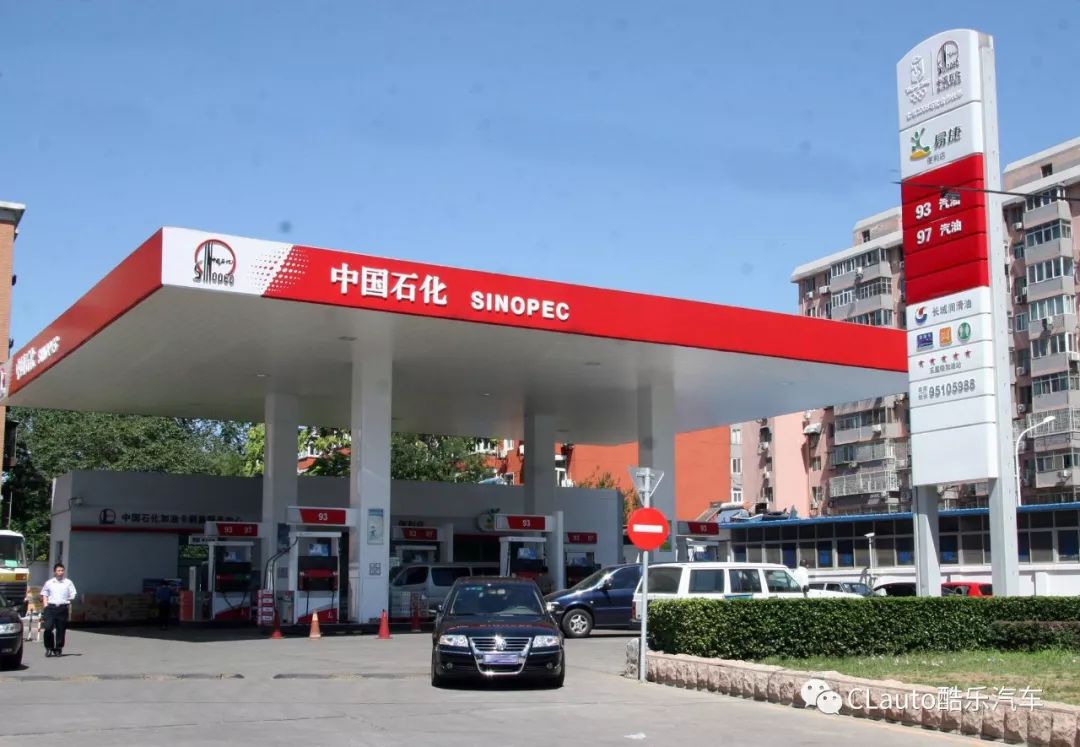
It should be noted that “often can bring” does not mean “will definitely bring” because the specific effect depends on many factors such as ECU, hardware design, vehicle condition, etc.
Gasoline from different countries and regions cannot be directly compared simply. In simple terms, compared to the OCT representation, the RON used in China only reflects the performance of gasoline at low load and low speed, and is not applicable to high load and high speed. For example, VP103 in the US has RON107, MON99, and 3% oxygen.
If VP103 is expressed as RON, it would be RON107, and if expressed as MON, it would be MON99. Overall, North American OCT97 is approximately equivalent to RON105 in China; North American OCT94 is approximately equivalent to RON102 in China.

Racing gasoline often consists of two numbers, for example, the racing gasoline 115 we usually refer to is Avg115/145. The 115 refers to cruising load, and the 145 refers to maximum load. Previously, the green Avg was leaded racing gasoline 108. Now, the blue Avg is unleaded racing gasoline 108. Later racing 108 is actually Avg112/160.
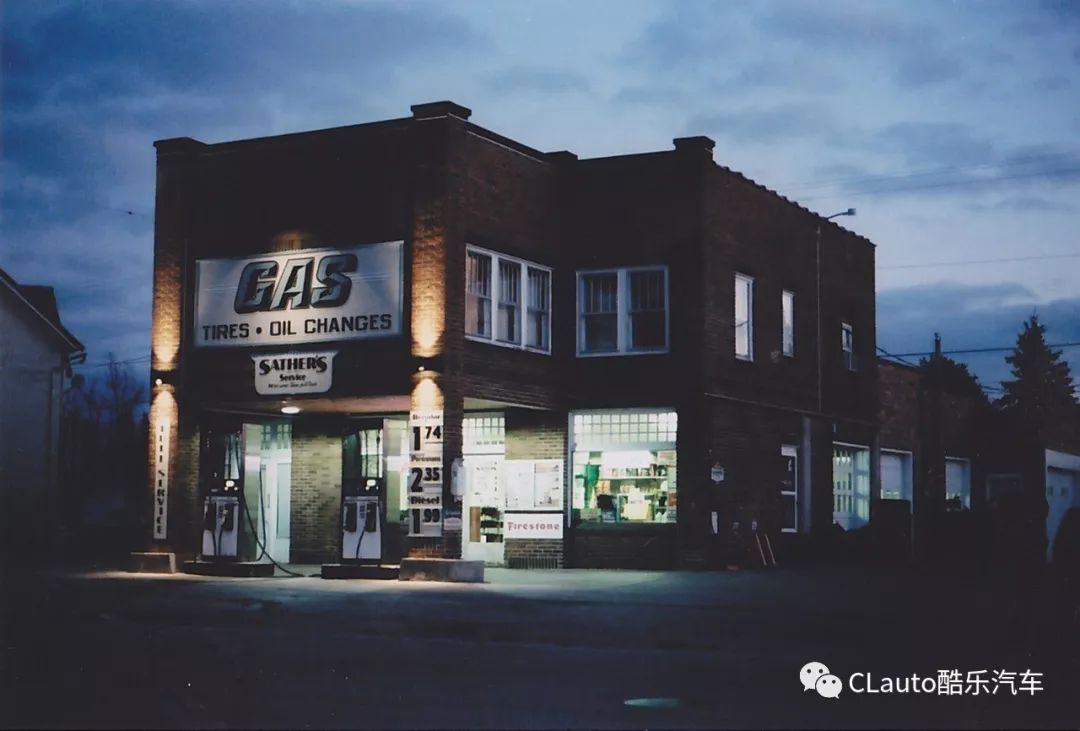
An engine has a certain adaptability to gasoline’s octane rating, primarily due to the ECU’s knock control logic and its specific data. If the fuel’s octane rating exceeds the engine’s adaptability (such as the range of ignition angle self-adjustment), this octane rating is likely too high.

A higher octane rating will cause the flame front to propagate more slowly, leading to a more severe tendency for knocking due to the propagation speed.
If the fuel’s octane rating is lower than the engine’s adaptability, it may lead to severe issues such as knocking.Knocking is not just what can be heard. Even “not very serious” knocking that cannot be heard can lead to reduced power, further worsening of knocking conditions, increased wear rate, high cylinder temperature, high exhaust temperature, and increased fuel consumption.
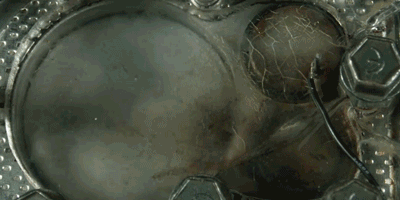
The frequency and other characteristics of knocking produced by the same engine using different fuels are different. Although manufacturers will calibrate the knock control program according to the recommended octane rating, no one knows the specific composition and proportion of the gasoline used during the manufacturer’s testing and how it differs from the gasoline used by local users.
Therefore, the manufacturer’s ECU program will be more conservative based on the tests to ensure that no serious problems occur when the ECU cannot accurately monitor knocking.
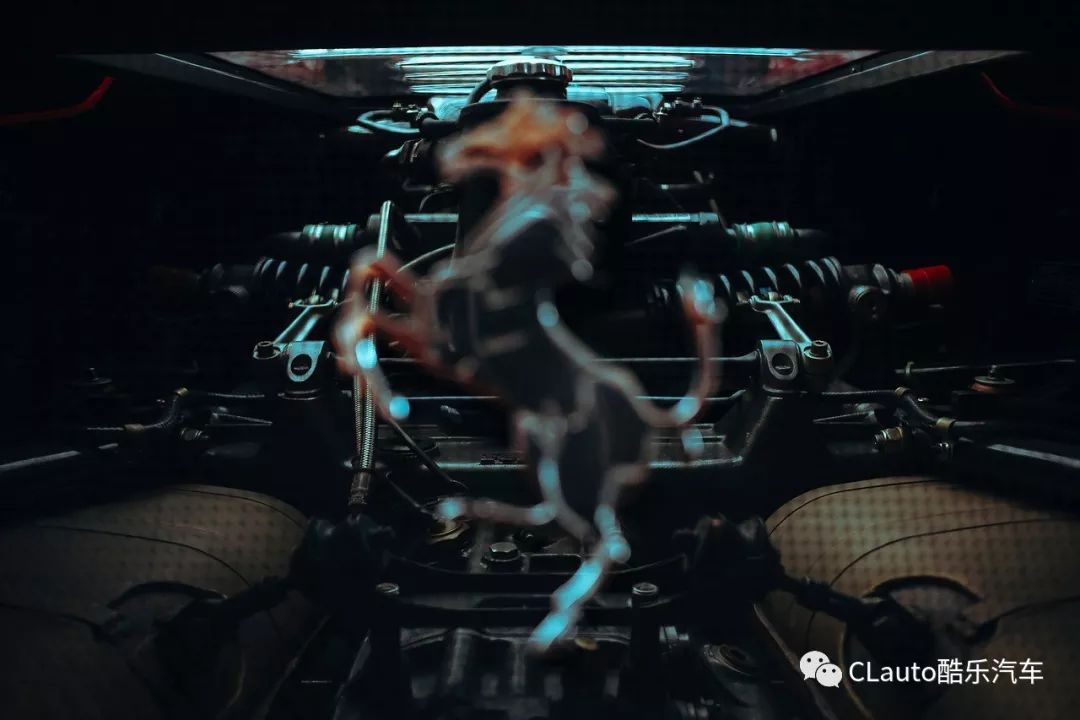
Considering the differences in fuel quality, the knock control program cannot be perfect for users. Therefore, the series of knock threshold tables derived from the manufacturer’s experiments may not apply to the fuel you are using, and the knock control program may not function properly.
The fuel quality differences mentioned here are not only between different grades such as 92, 95, 98, E10 92, E10 95, but also include differences among various gas stations in different regions and brands. Therefore, it is highly recommended that users who have purchased non-Chinese market models (such as parallel imports) test and rewrite the ECU program based on the fuel quality in their local area.
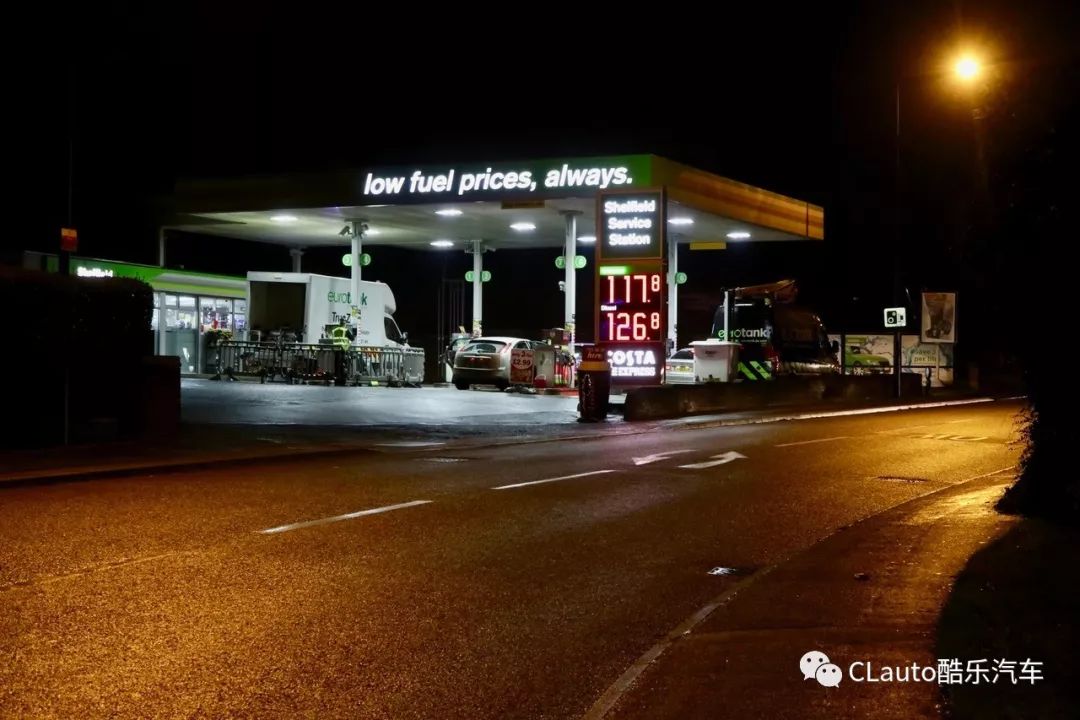
After the upgrade of gasoline (for example, from National 5 to National 6), it is essential to retest and rewrite the ECU program.This is mainly because the new standards require lower sulfur content, which results in poorer resistance to knocking. If the previous ECU was marginal or the control range for knocking was not large enough, knocking issues may occur after using the new gasoline.
Even unmodified factory cars will experience reduced power and increased knocking tendency when using new generation gasoline.
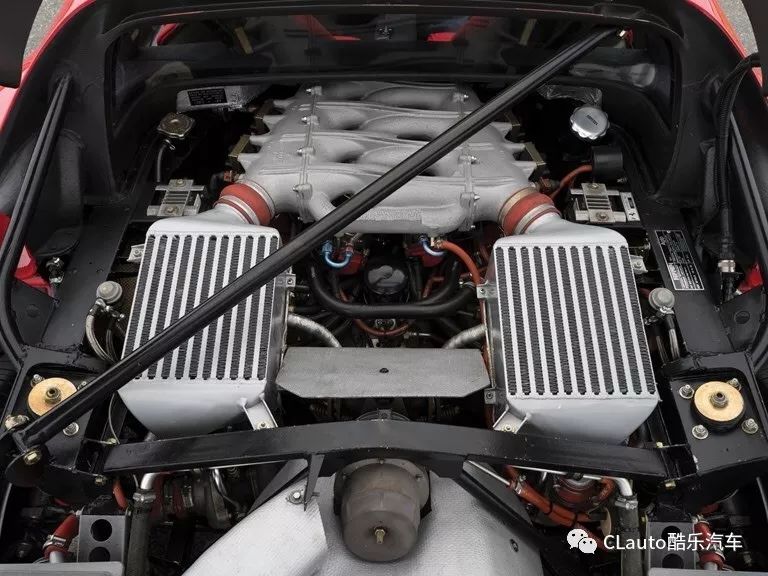
When we rewrite the ECU, we should at least test and write a specific program for each octane rating of gasoline.
If we use domestic RON95 gasoline during log pulling and ECU programming, then we should not use gasoline lower than 95 under this program; whether gasoline higher than 95 can provide more power depends on the specific written data or requires re-logging for comparison (because “RON95” cannot represent all the characteristics of gasoline).
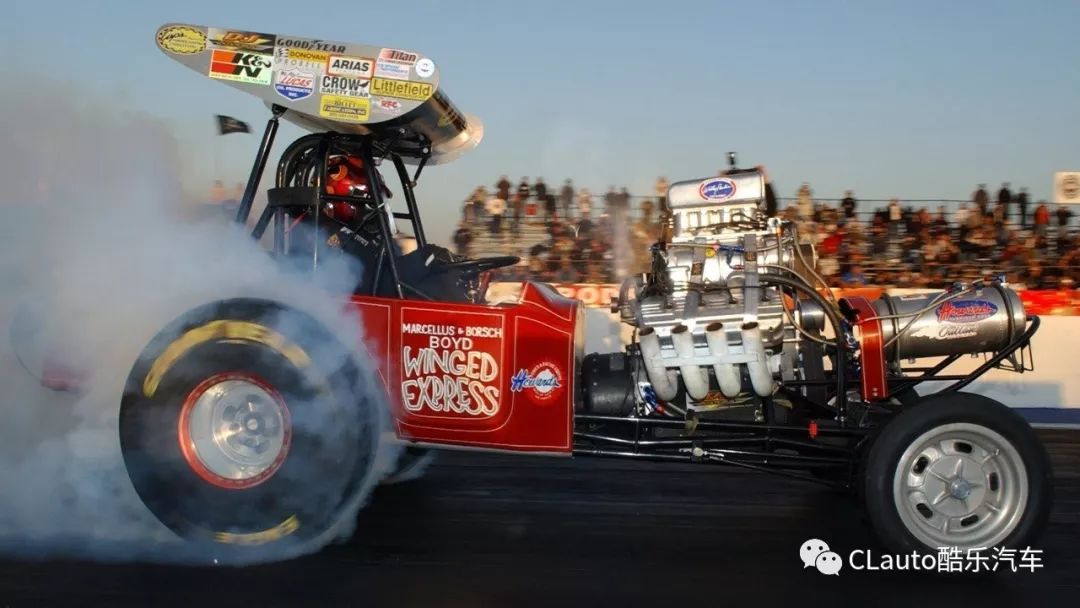
When we rewrite the ECU, it is best to write different ECU programs for several gas stations we frequently use. One thing that must be said is: at least in China, the resistance to knocking of gasoline with the same grade from different gas stations varies significantly; the specific composition and mixing ratios of gasoline also differ greatly.
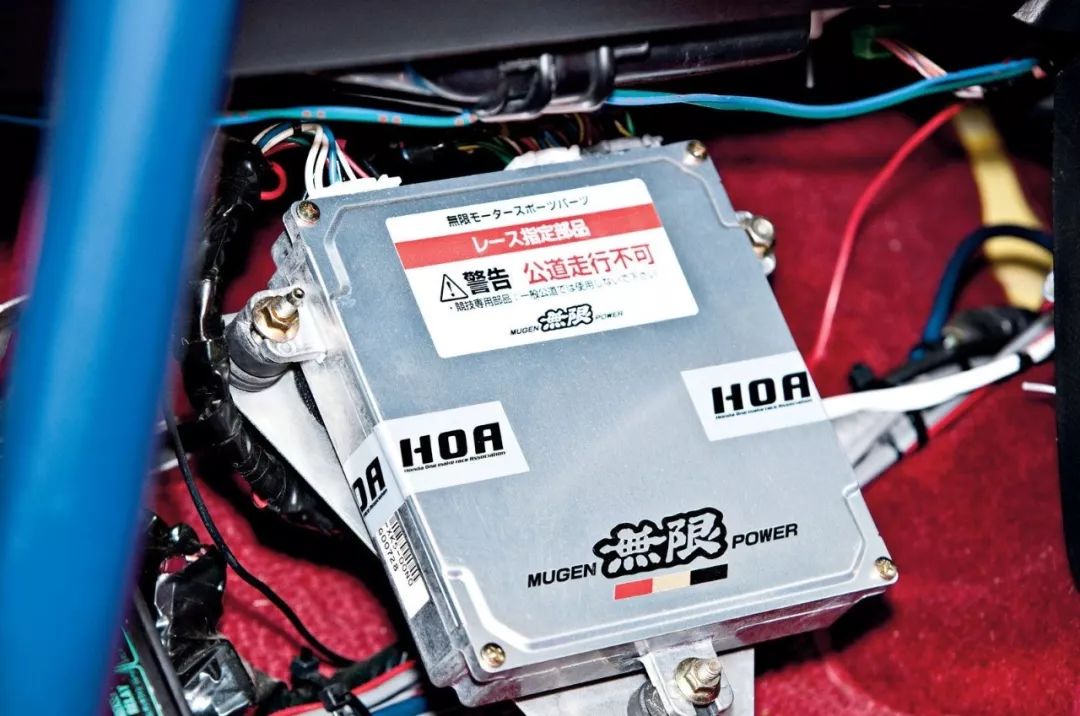
Even when filling the same grade of gasoline at the same gas station, there can be significant differences each time.Therefore, it is recommended that everyone, during ECU rewriting and subsequent daily use, try to fill up at the same gas station with the same grade of gasoline to avoid instability in gasoline quality.
The program is adjusted based on the type of fuel used (referring to adjusting while looking at logs, or those real “special adjustments”; direct first and second-order programs are not included here), and try to always use the same fuel, making efforts to maintain fuel consistency.If there is uncertainty about a gas station, use the highest octane gasoline available at that gas station.
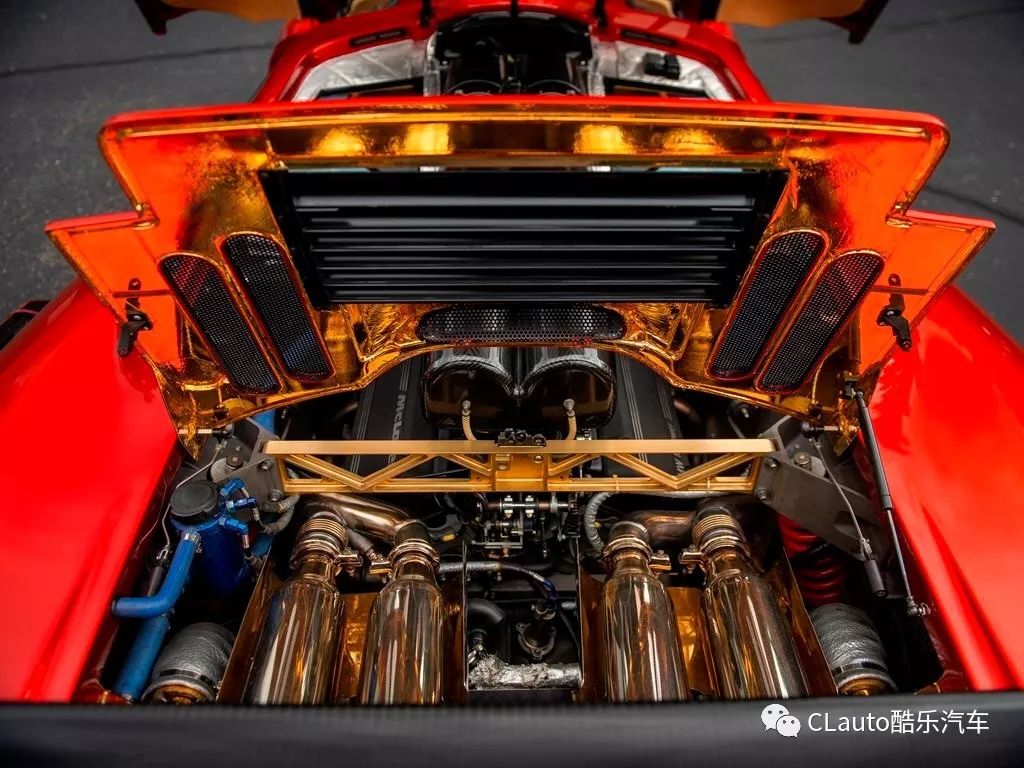
As a driver or car enthusiast, one should develop the habit of regularly recording logs and monitoring operating conditions. If gasoline issues are detected, the ECU program should be modified promptly.
In the absence of log recording or knocking monitoring, if you subjectively feel that the gasoline in the fuel tank is abnormal (in terms of power, fuel consumption, smoothness, audible knocking, etc.), then you should use economy mode, accelerate as gently as possible, and add high-octane gasoline for mixing as soon as possible, or use octane-boosting additives (containing components like methylcyclopentadienyl manganese tricarbonyl). Subsequently, log analysis should be conducted as soon as possible.
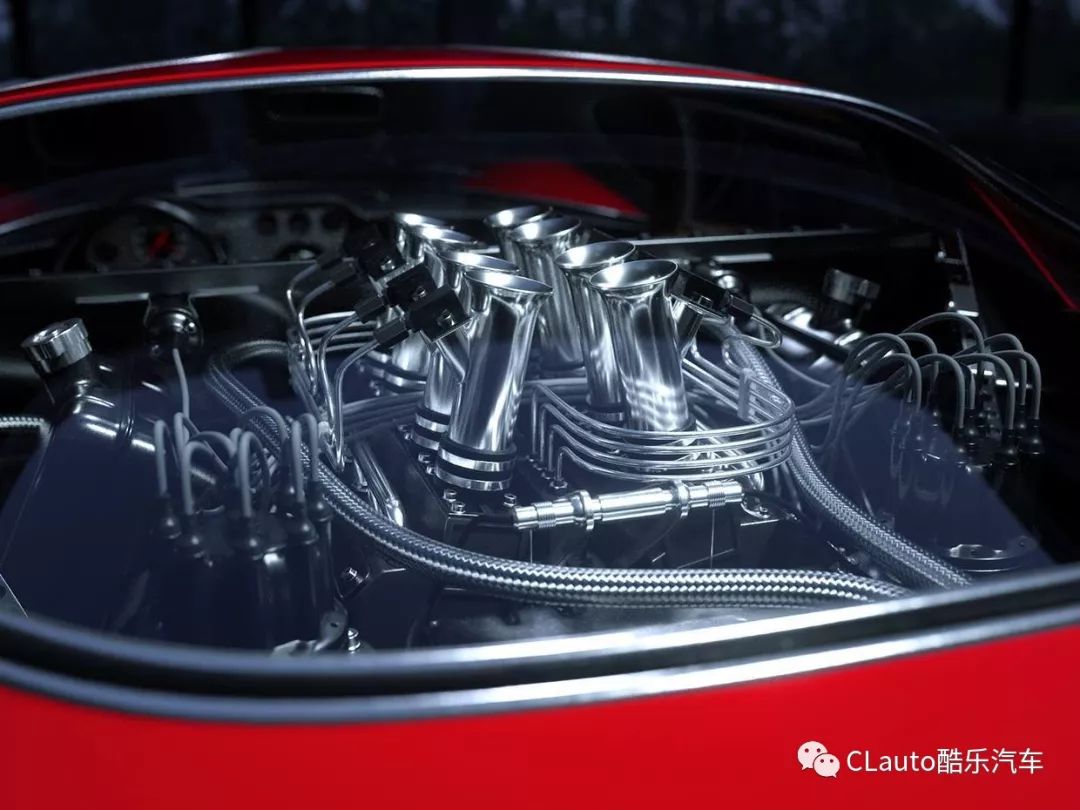
For vehicles that burn oil for a long time, have serious carbon buildup, poor combustion heat, and high power load, high-octane gasoline can reduce the degree of knocking caused by compression ratio.At least in China, many manufacturers recommend octane ratings that are merely the minimum values. These are the minimum octane ratings required to keep the engine running for a long time under normal conditions.
What constitutes normal conditions and a long lifespan does not have specific standards or answers. The appropriate octane rating for gasoline should be determined based on actual circumstances,but it should not be lower than the manufacturer’s specified octane rating.
Ethanol Gasoline
Generally speaking, the fuel consumption when using ethanol gasoline is indeed higher than when using gasoline, which is determined by the air-fuel ratio of ethanol (9.0:1) and the lower calorific value of ethanol (26.8kj/kg) compared to gasoline (around 43.5kj/kg), which is unavoidable.
However, low-concentration ethanol gasoline like E10 has some theoretical advantages over gasoline, such as potentially better resistance to knocking (Oct is 104.2), lower cylinder temperature, and lower exhaust temperature.

For E10 concentration ethanol gasoline, the ECU mainly needs to increase the fuel injection amount and can moderately increase the ignition advance angle. Since the ethanol content in E10 gasoline cannot be a constant 10%, a real-time correction curve for fuel injection and ignition angle should be created based on the variations in ethanol content.
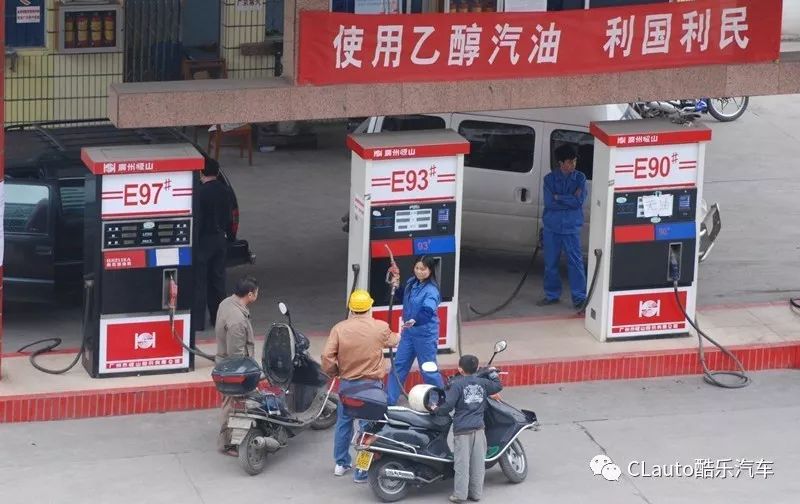
Some current or future models may have the ability to automatically adapt to ethanol gasoline to some extent from the factory. However, if not, the ECU should be retested and rewritten when switching to ethanol; otherwise, these engines and ECUs calibrated for gasoline may not only increase fuel consumption and wear but also reduce power and fail to fully utilize the advantages of ethanol gasoline.
For example
-
If the knocking noise increases or the tendency for knocking becomes more severe after switching to ethanol gasoline, it is likely because the factory’s air-fuel ratio setting is not rich enough (ethanol requires a much richer ratio of 9.0:1 compared to gasoline’s 14.7:1).In this case, the ECU program needs to be rewritten, adopting strategies like increasing fuel injection to control knocking.
-
If the ignition angle automatically retards after using the same grade of ethanol gasoline, it is likely not due to the quality of the ethanol gasoline but because the ECU needs recalibration.In this case, the ECU program also needs to be rewritten.
Methanol Fuel
Liquid vaporization absorbs heat. The maximum power air-fuel ratio of methanol fuel is about 5:1, while that of gasoline is about 13:1, and the vaporization heat of methanol is 472Btu/lb, while that of gasoline is 135Btu/lb.
Therefore, the better power performance when using methanol compared to gasoline is mainly due to the greater heat absorption during vaporization, resulting in lower temperatures in the intake manifold, cylinder walls, pistons, etc., leading to a smaller tendency for knocking.
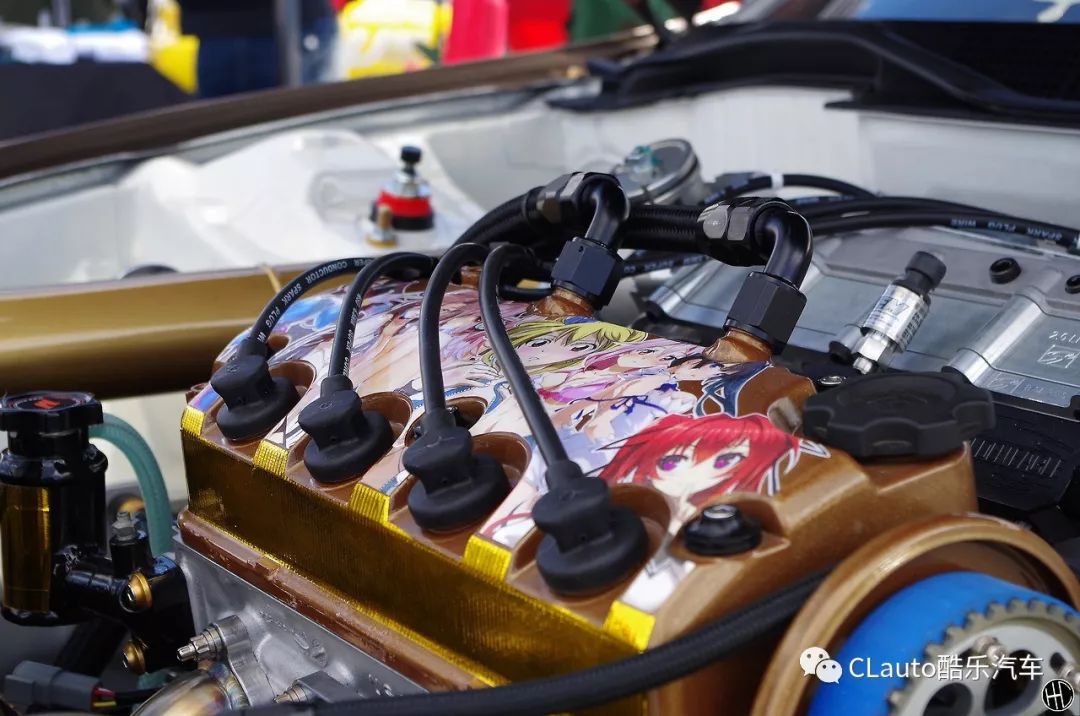
It should be noted that using methanol fuel or mixing methanol (or ethanol) with gasoline requires a larger fuel supply and injection system than using gasoline, which may necessitate new fuel pumps, lines, high-pressure pumps, injectors, and other components. Appropriate ECU programming is essential for methanol (or ethanol) to work efficiently.

Additionally, methanol is highly toxic.Excessive exposure to methanol through inhalation or skin contact can lead to blindness, neurological disorders, and other diseases. In semi-closed workshops and during races where full power and concentrated injection are used, protective measures should be taken to avoid contact with methanol.
Nitromethane
The mixing ratio is about 2:1, with a 1.2A igniter per cylinder and an ignition advance angle of about 50°, and low compression ratio. Nitromethane can be used as a top-tier fuel in straight-line acceleration races that require only a short engine lifespan.
This fuel is characterized by its oxygen content of up to 53%, allowing it to burn continuously in the cylinder and continuously push the piston with great force. Generally, compared to gasoline, nitromethane fuel can provide 200% power output.
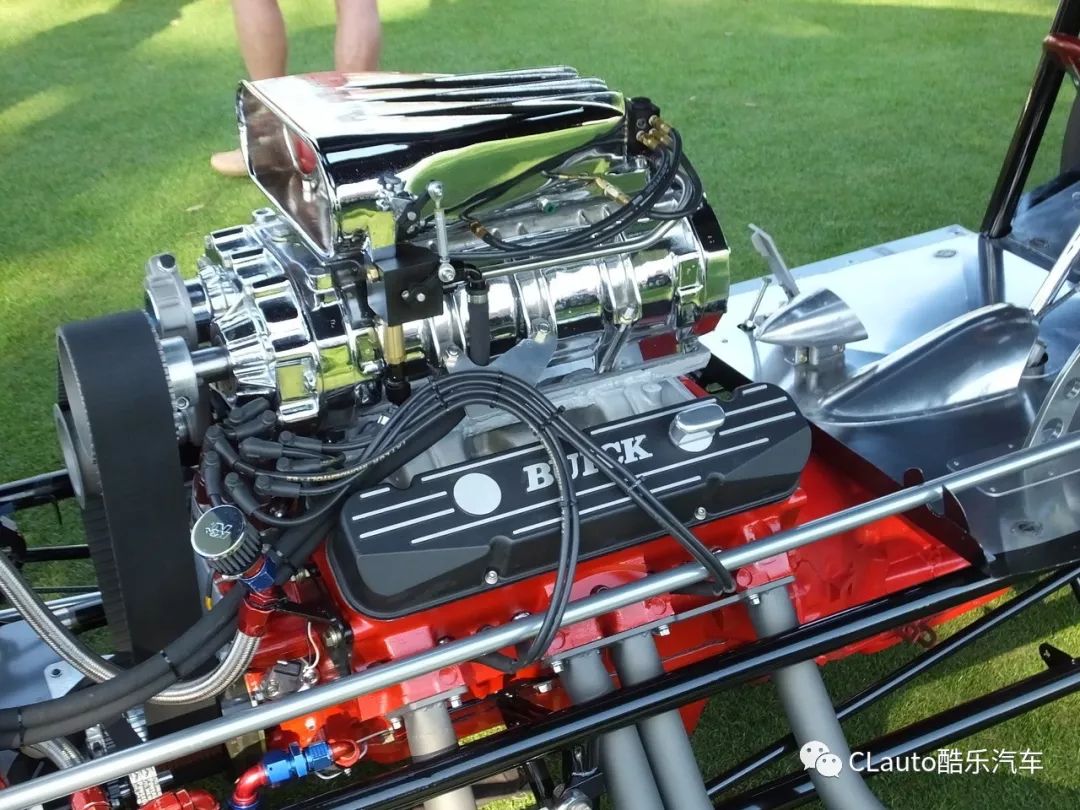
It should be noted that nitromethane is more toxic than methanol, and the nitric acid in its exhaust can cause serious diseases such as muscle reactions and respiratory failure. A gas mask must be worn when using nitromethane fuel.
Nitropropane
Nitropropane can be mixed with any fuel to increase the oxygen content in the fuel. To ensure the efficiency of the newly mixed fuel, testing and ECU programming based on the air-fuel ratio are essential.
Propylene Oxide
Propylene oxide can be used in conjunction with nitromethane to increase the flame front propagation speed during combustion. It can also be added to gasoline or methanol (ethanol) to increase power by about 3%.
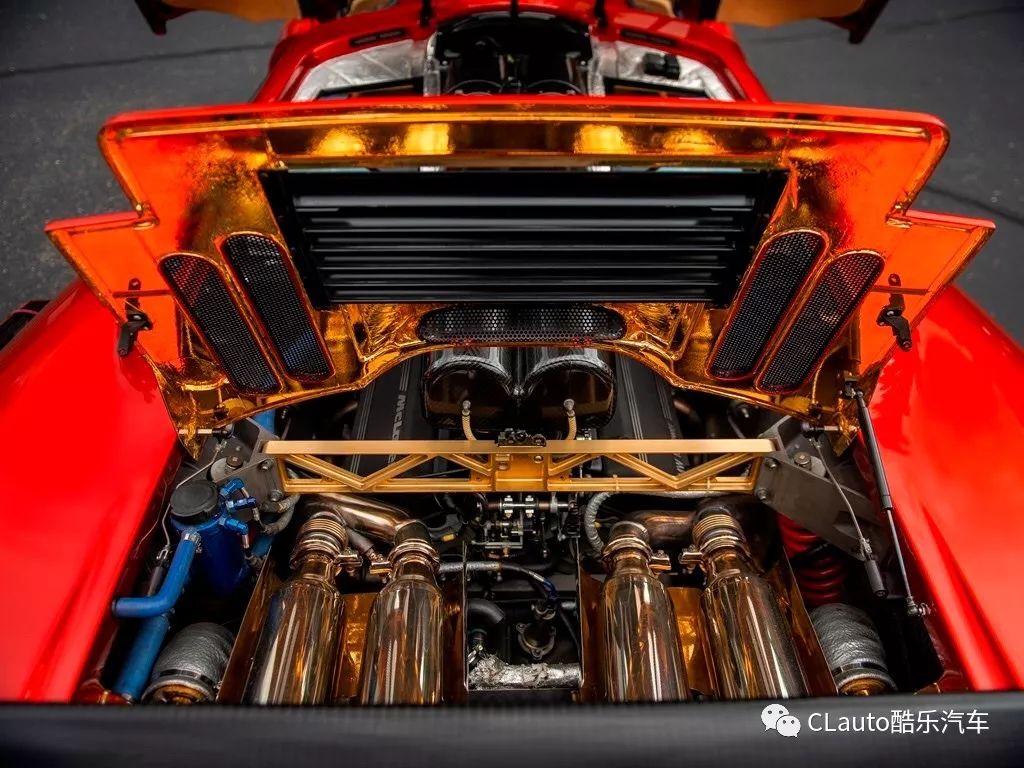
Propylene oxide evaporates easily when it comes into contact with rust (Fe3O4) or copper, so it should be used in plastic or aluminum fuel tanks.
To ensure the efficiency of the newly mixed fuel, testing and ECU programming based on the ignition angle are essential.
More
-
Hard! How to Effectively Reduce Weight to Achieve Faster Lap Times | Cool Modification Encyclopedia · Body Volume 02
-
Mercedes | A45 AMG Confirms 420 Horsepower + 8-Speed Dual-Clutch, Possibly with Drift Mode, Expected 600,000 —— Differentiating from A35 AMG
-
Toyota | All-New Yaris GR Version Testing at Nürburgring, Speculated Higher Horsepower with Manual Transmission—— This is a Reboot of Mazda 2
-
Aston Martin | DBS 59, Limited to 24 Units, Commemorating the 1959 Le Mans 24-Hour Endurance Race VictoryHuawei Builds Cars: We Just Help Automakers Create Good Cars
-
Cool Daily Sign | April 20 # Confessions of the Unrestricted #
Today’s Daily Sign
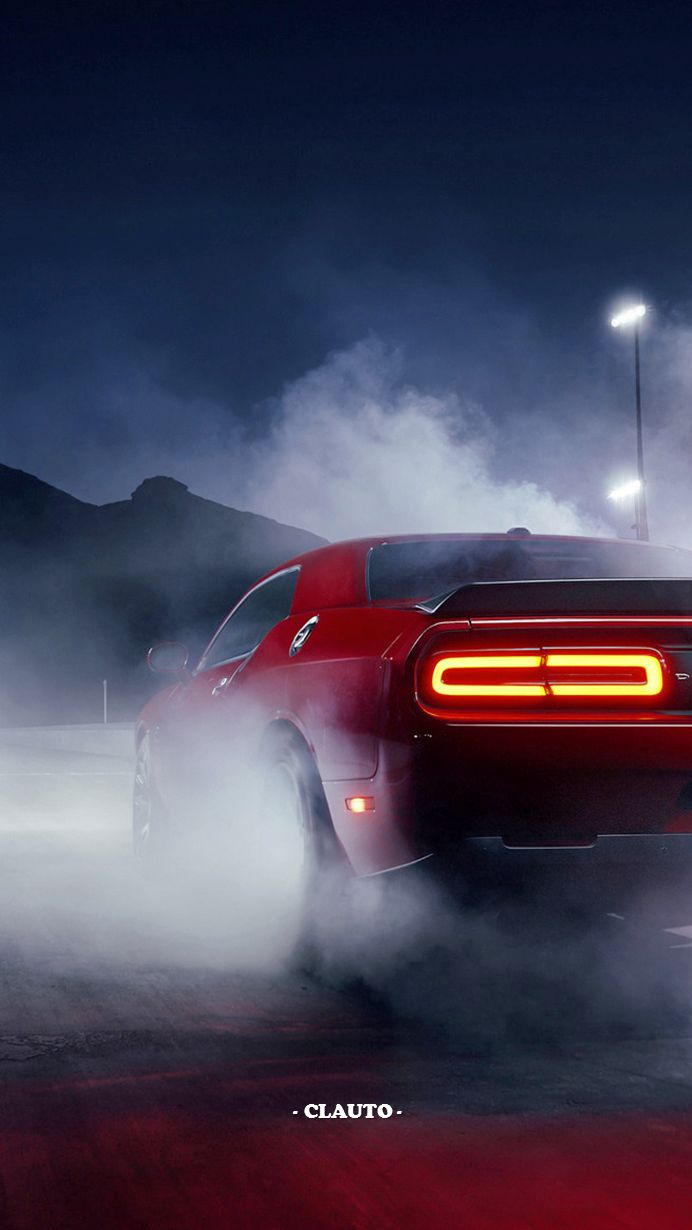


Click Read Original to see all content